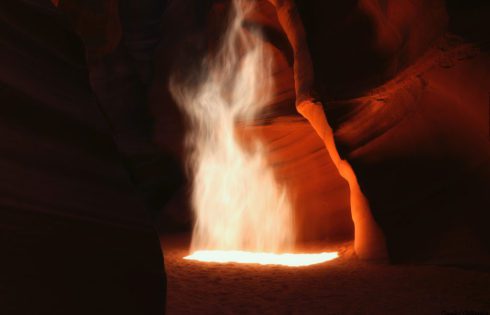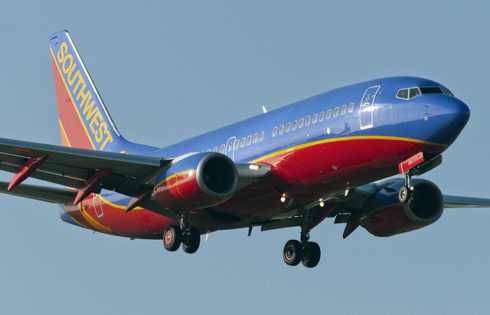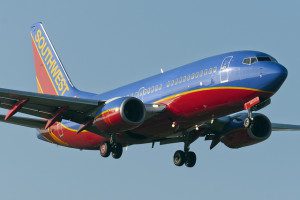
40 Places to See in The Western United States (Vacations, Landmarks) [2023]
This article will show you 40 (stunning) places to see in the Western United States. These are pretty stunning destinations perfect for vacations, road trips, and for anybody interested in



